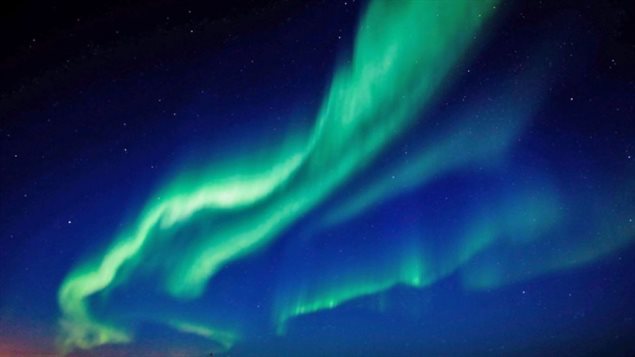They are called the Aurora Borealis, but more commonly as the “northern lights”.
The bright aurora displays occur when charged particles in bursts of solar wind from the sun’s surface collide with gases in the Earth’s upper atmosphere. The energy resulting from these cosmic collisions shows up as billions of tiny flashes that, seen in sequence, look like green, violet and red dancing lights.
Usually seen only in the far north, because of two recent large solar flares, the energy is expected to light up the skies over a larger portion of the northern hemisphere. More southerly areas in Canada and Europe can also expect to see the colouful dancing lights if there are no clouds and away from the light pollution of cities.
“A G3 (Strong) Geomagnetic Storm Watch has been issued for September 13th due to the combined influence of these two events,” reported the NOAA Space Weather Prediction Center in Boulder, Colo. early Thursday morning.
Although satellites are usually protected, or turned to protect themselves, the geomagnetic energy could also cause some disruption of communications or GPS signals.
Canadian Space Agency- (occasional) live borealis camera site
How the aurora borealis is created







For reasons beyond our control, and for an undetermined period of time, our comment section is now closed. However, our social networks remain open to your contributions.